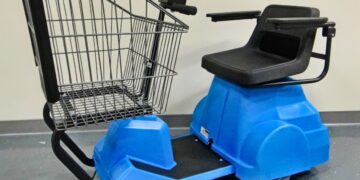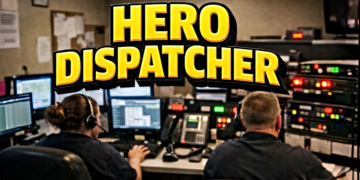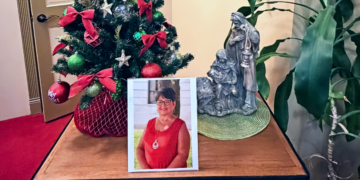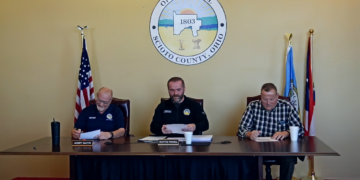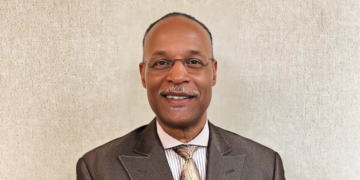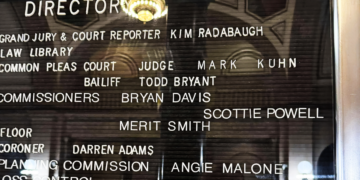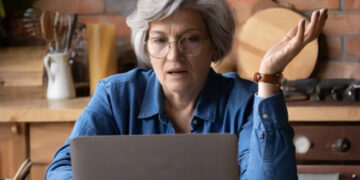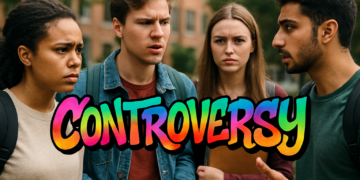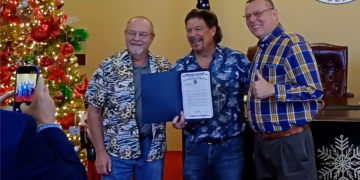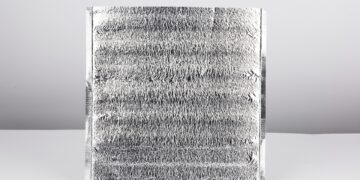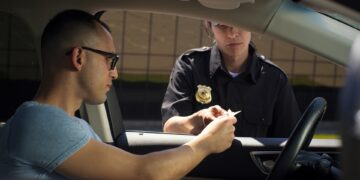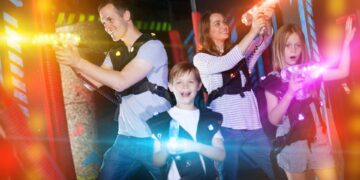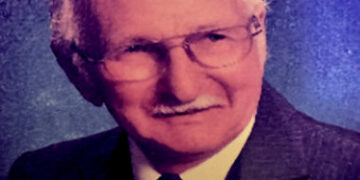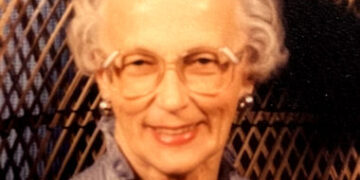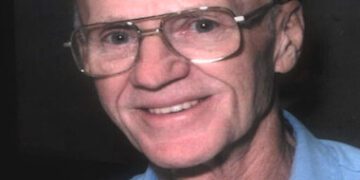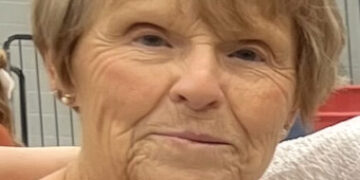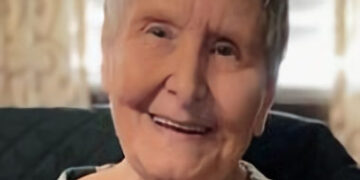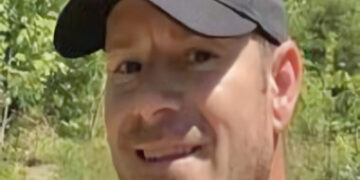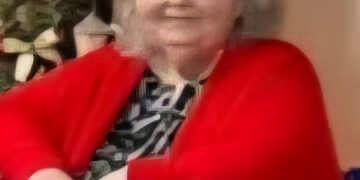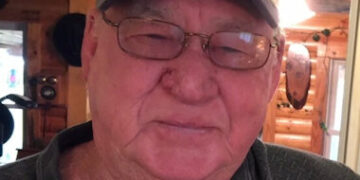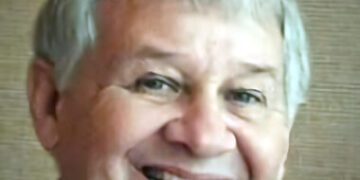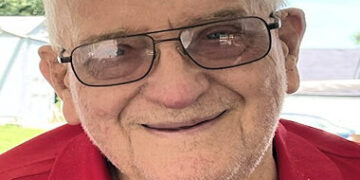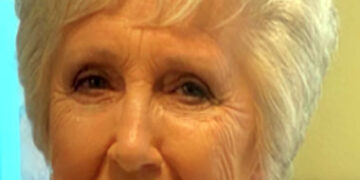Pediatricians want kids back in the classroom this fall. They’d also like them to wear masks. The American American Academy of Pediatrics issued a report that called for kids to head back to school with proper safety precautions. Students were suddenly pulled out of classrooms back in March to help stop the spread of COVID-19.
While the switch to distance learning likely slowed the spread of Coronavirus, children’s doctors worry it caused dangerous consequences in other aspects of their lives.
Children At Risk
According to the report, schools play an important role in providing not only educations but in “Social and emotional skills, safety, nutrition, physical activity, and mental health therapy.”
The groups said schools address racial and social inequality by providing food and security to children who might not have access to essentials. “Children and adolescents also have been placed at a higher risk of morbidity and mortality from physical or sexual abuse, substance use, anxiety, and depression.” The report also stated that children were a greater risk of suicidal thoughts at home.
“The AAP strongly advocates that all policy considerations for the coming school year should start with the goal of having students physically present in school.”
Can’t Eliminate The Risk
The doctors admitted that there is no way to eliminate the chance of contracting COVID-19 at school. They said the best option is to mitigate the risks.
They suggested that children visit their doctors for a well-child physical and that parents make sure all immunizations are current. The report asked doctors to work with schools to promote vaccination. While there is no vaccination against Coronavirus, the reports advised that children receive flu shots.
Masks And Social Distancing
Doctors tackled the controversial topics of face masks and social distancing. “Evidence suggests that spacing as close as 3 feet may approach the benefits of 6 feet of space, particularly if students are wearing face coverings and are asymptomatic.”
As for face masks, the doctors made the following suggestions:
- Pre-kindergarten students – Keep in small groups, spend time outdoors, and limit visitors to the building. Physical distancing is too difficult to implement.
- Elementary students – Wear face coverings if possible and space desks 3 to 6 feet apart and keep in small groups
- High School students – Use face coverings when closer than 6 feet apart, avoid close proximity (and go outdoors if possible and spread out) during activities like singing and exercising, and keep in small groups
- Pediatricians can work with families and schools to identify and develop accommodations for children with unique needs.
Other Distance Suggestions
- Assign seats to bus riders in small groups, use face coverings if distancing is not possible. Minimize the number of riders within reason. Encourage students who have other options to use alternative transportation.
- One-way hallways (tape arrows on floors). Rotate teachers instead of students, stagger class periods, and assign lockers by small groups or eliminate lockers.
- Small groups of students for meals. Students could eat in their classrooms or use outdoor spaces when possible.
- Emphasize the importance of physical distancing to adults with staggered drop-offs and pickups. Limit parents from entering the building, installing plexiglass in reception areas, and discouraging shared lounges.




